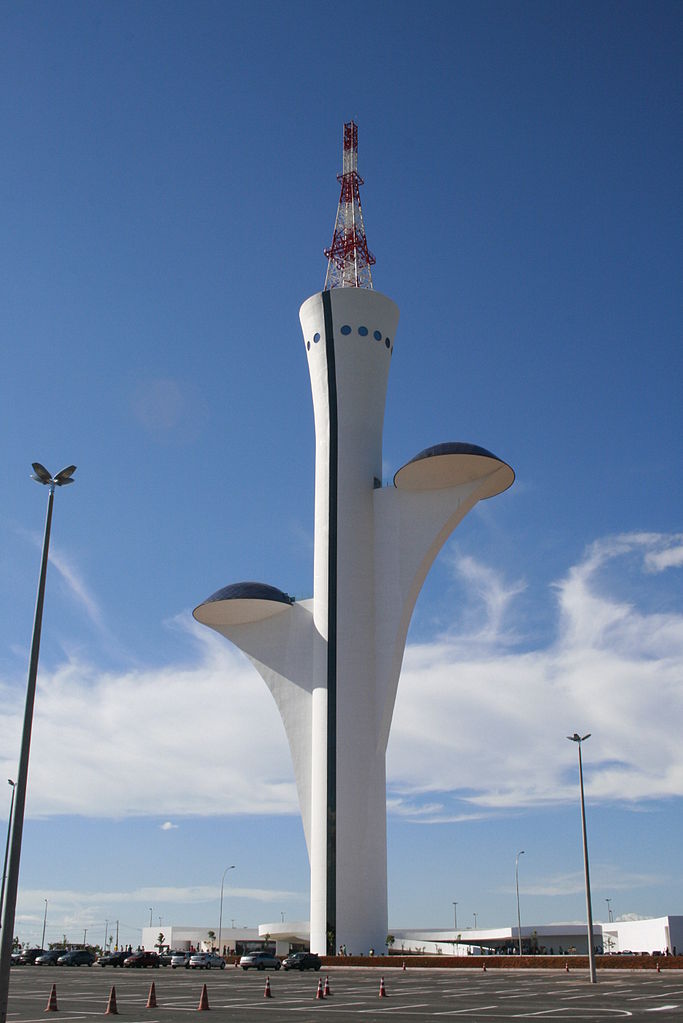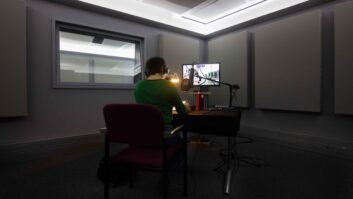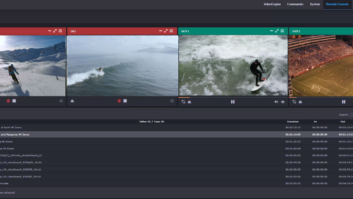
Spinner has upgraded its Mobile Network Computing System (MNCS) to reflect changing technologies in the marketplace and has also become the the combining system supplier for the iconic Brasilia Tower.
According to the company, the demands on the Spinner MNCS system have changed in recent years: Smartphones with dominant data connections, LTE and MIMO antenna systems are challenges which will also need to be conquered cost-effectively in the future.
The result of this is a new MNCS system: smaller and more modular, so that customer requirements can be cost-effectively satisfied with even greater flexibility.
When fulfilling this high demand, an important step is the new, flexible casing to incorporate the passive antenna signal combiner. The new casing complements the established 19″ cabinet system and makes it even more flexible.
There is now no need for planners to pick defined cabinet sizes, meaning they can adjust combiners whenever needed to quickly satisfy current demands.
Thanks to the new casing, combiners can “grow”. Adjustments to frequency changes take a matter of minutes and even retrospective conversion to MIMO is greatly simplified.
With all eyes turning towards Brazil, the company has also announced that it is the the combining system supplier for the iconic Brasilia Tower, designed by modernist supremo Oscar Niemeyer. This is the first television tower with antenna sharing in Brazil, where public and private channels are combined and broadcasted by one common antenna.
The system is composed by two identical combiners: main and reserve. Each combiner operates with 6 channels of 3 kW, but designed to be extended to 7 channels in the future. In order to make the installation as easy as possible (plug-and-play), a bottom frame was provided and a free space was left for the future upgrade.
A 7-port patch panel was also provided. It switches the operation between the main and the reserve combiner. It allows also the current operating combiner to broadcast either with the main or with the reserve antenna, while the non-operating combiner is forwarded to the dummy load. The patch panel includes an interlock system and every transmitter has single access to the interlock contacts.
8.C28






